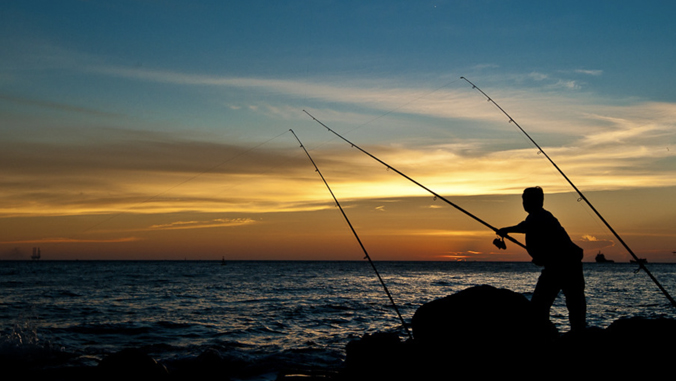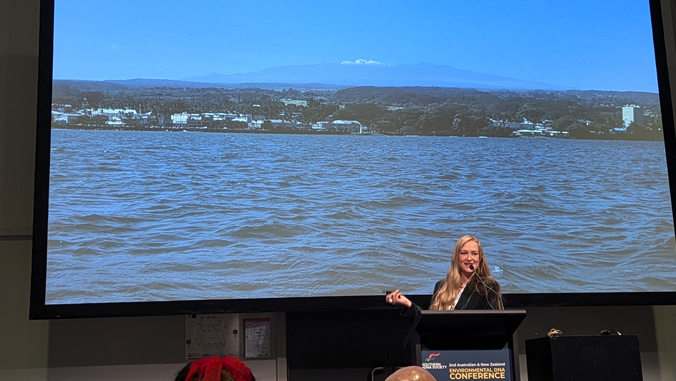Marine Protected Areas Producing More ‘Trophy-Size’ Fish

Press Release – HIMB Study Explores Fish Resilience in Earth’s Hottest Waters
July 1, 2024
Shooting for the Moon: Research at Hawai’i Institute of Marine Biology Offers First Step Toward a Lunar Biorepository to Secure Earth’s Biodiversity
July 31, 2024Marine Protected Areas Producing More ‘Trophy-Size’ Fish

Saltwater recreational fishing holds cultural significance and is a key economic driver throughout the world. (Photo credit: Tri Nguyen)
UH News, first published July 23, 2024
Marine Protected Areas (MPAs) are having a positive spillover effect, producing more “trophy-size” fish just outside of the fully protected areas, and the effect is growing stronger over time. That’s according to research led by University of Hawaiʻi at Mānoa scientists at the Hawaiʻi Institute of Marine Biology (HIMB) published in Science Advances. The research provides the first global assessment of the benefits of MPAs. “Trophy-size” refers to fish that are exceptionally long or heavy and are considered a rare, prized catch.
“This standardized global assessment illustrates the benefits that MPAs provide for recreational anglers, confirming the effectiveness of MPAs in enhancing fish biomass and local fisheries,” shared Simone Franceschini, principal investigator of the study and a postdoctoral researcher at HIMB. “Our study found that MPAs may take more than 20 years to show tangible spillover effects in the adjacent areas, which helps to set realistic expectations about the timeframe over which a marine reserve can be expected to have this type of effect on surrounding fisheries.”
The Hawaiian archipelago has 13 state and federal Marine Protected Areas (complete list below). The state protected areas, called Marine Life Conservation Districts, are managed by the State of Hawaiʻi Division of Aquatic Resources.
See the full story on UH News!




